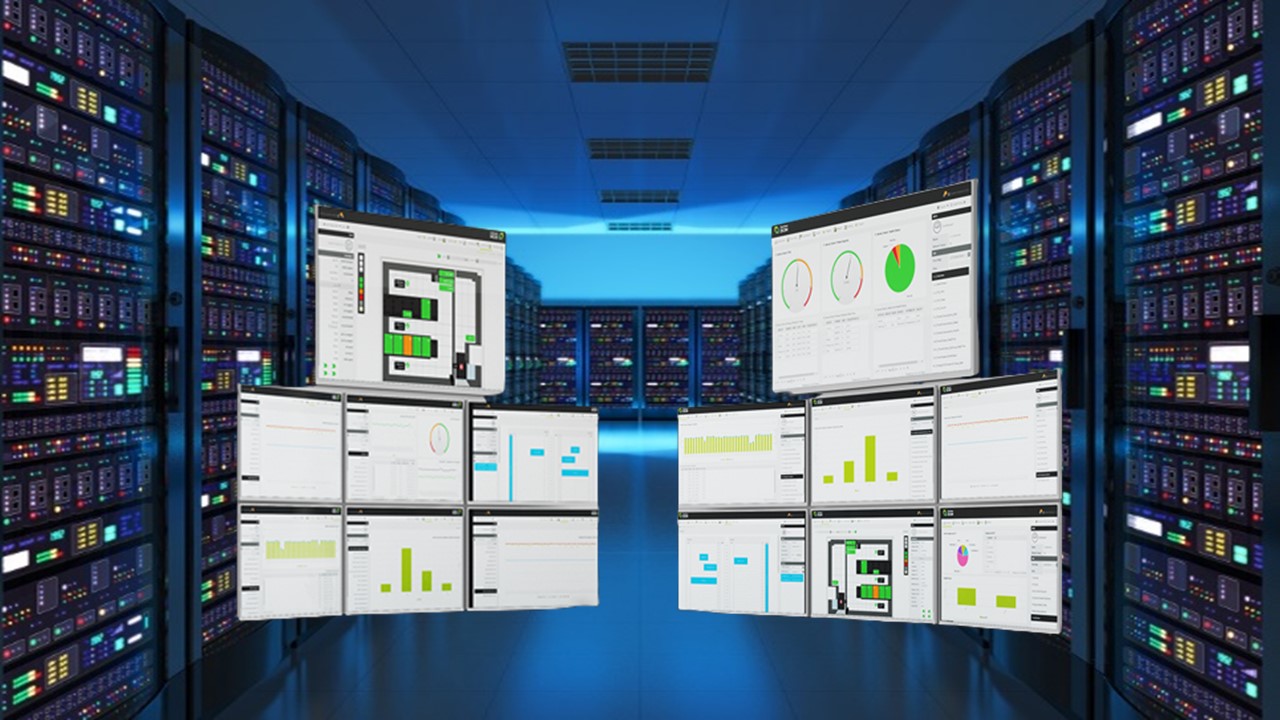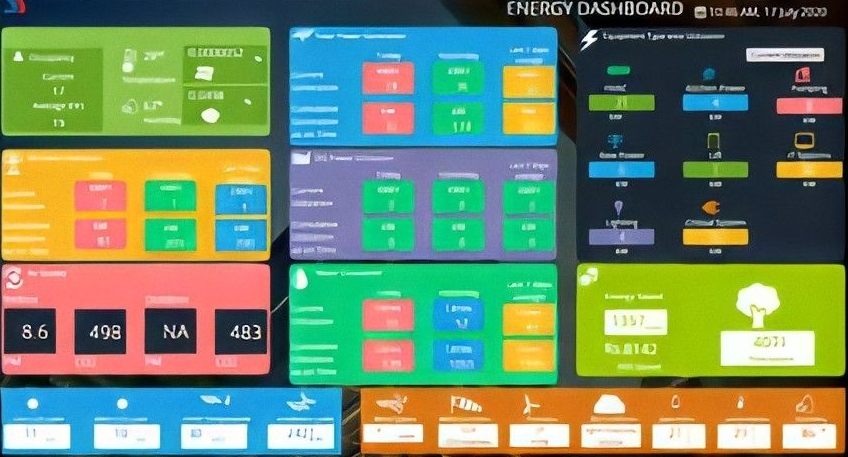
Data Center Infrastructure Management (DCIM)
Data centers are more complicated, interconnected, and important than ever before. As a result, more sophisticated and automated IT infrastructure management is required. The tools that enable the data center staff to handle this complex environment successfully and efficiently have been categorized as Data Center Infrastructure Management solutions (DCIM).
Gartner defines DCIM as “tools that monitor, measure, manage and/or control data center use and energy consumption of all IT-related equipment (such as servers, storage and network switches), and facilities infrastructure components (such as power distribution units [PDUs] and computer room air conditioners [CRACs]).”
While the DCIM models differ in many aspects, they have certain fundamental similarities:
- DCIM provides data center management with actionable information.
- DCIM requires instrumentation to collect data center measurements.
- DCIM is not a stand-alone solution; rather, it is part of a holistic data center management strategy.
Why is DCIM needed?
There are several advantages to deploying a DCIM system. Consider the key components of data center management to demonstrate this idea.
During the Design phase, DCIM gives critical information for creating the appropriate infrastructure. Power, cooling, and network data at the rack level aid in determining the best location for new servers. Without this information, data center administrators must rely on guesswork to determine how much equipment can fit into a rack.
During the Operations phase, DCIM can assist in enforcing standard data center operations practices. These regular, repeatable processes help to eliminate operator errors, which can account for up to 80% of system downtimes.


DCIM supplies operational data in the Monitoring phase, such as environmental data (temperature, humidity, air flow), power data (at the device, rack, zone, and data center levels), and cooling data. Furthermore, DCIM may give IT data such as server resources (CPU, memory, disk, network). When criteria are surpassed, this data may be utilized to inform management, lowering mean time to repair and enhancing availability.
DCIM evaluates the main performance indicators from the monitoring phase as critical input into the planning phase during the Predictive Analysis phase. During this phase, capacity planning choices are made. Tracking the utilization of critical resources over time, for example, might give useful information for deciding whether to buy new power or cooling equipment.


DCIM may be used in the Planning phase to investigate "what if" situations such as server refreshes, the impact of virtualization, and equipment movements, additions, and modifications.
If you were to sum up DCIM in a single word, it would be information. Every aspect of data center management is dependent on having comprehensive and accurate information.
DCIM offers the following advantages:
- Access to precise, actionable data on the data center's present state and future requirements
- Standard operating procedures for changing out equipment
- Asset management requires a single source of truth.
- Better predictability for space, electricity, and cooling capacity equals more planning time.
- An improved awareness of the current status of the data center's power and cooling infrastructure and environment improves overall data center availability.
- Lower operational costs as a result of energy consumption effectiveness and efficiency
DCIM Return on Investment (ROI)
Before acquiring a DCIM solution, like with any other data center investment, the topic of return on investment should be posed. DCIM will not instantly alter your data center, but it will start the process.
DCIM gives a ROI through three key channels:
- Improved Energy Efficiency
- Improved Availability
- Improved Manageability

